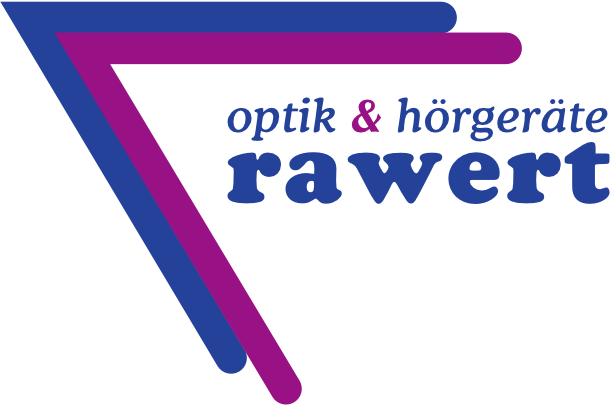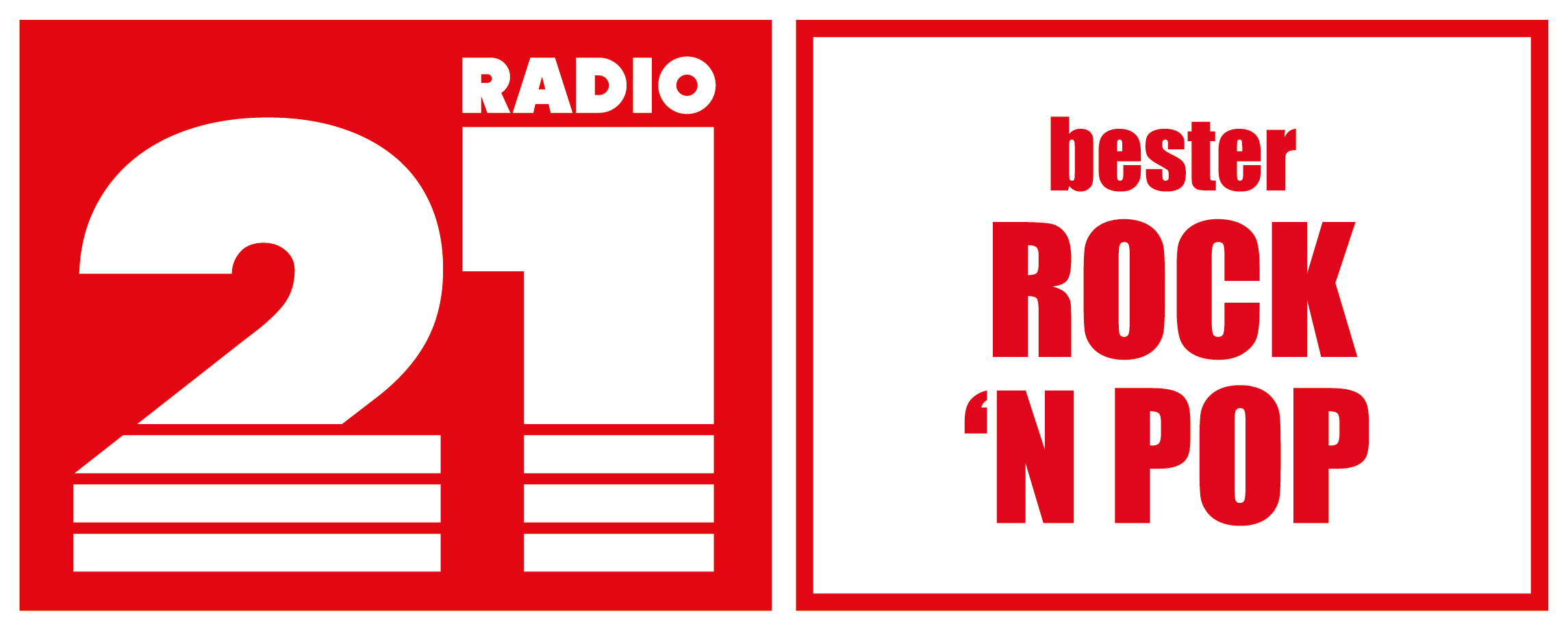Promoting collaboration and communication between counterparties, industry participants, and regulatory bodies can help address challenges and streamline trade affirmation processes. Collaborative efforts can lead to the development of common frameworks, best practices, and industry-wide initiatives for efficient trade affirmation. Establishing industry-wide standards for trade affirmation, such as trade formats, protocols, and settlement practices, promotes uniformity and simplifies the confirmation matching process. Standardization enables seamless integration between different systems and counterparties, reducing complexities and increasing efficiency.
It is issued by your brokerage after each trade and is separate from your account statements. Automating trade affirmation processes using electronic platforms, such as trade confirmation matching systems, can significantly improve efficiency, reduce manual errors, and enhance straight-through processing. Automation enables real-time matching, exception handling, and confirmation generation, streamlining the entire affirmation process.
- Confirmation of trade involves reporting of completion of financial transactions.
- Neither Schwab nor the products and services it offers may be registered in any other jurisdiction.
- Affirmation by the end of trade date is a SEC regulatory requirement for US broker-dealers.
- For example, government securities and stock options are settled the following business day.
- Between 74-89% of retail investor accounts lose money when trading CFDs.
It involves confirming the accuracy of trade details, such as trade quantity, price, and settlement instructions, between counterparties involved in the trade. This article aims to provide a comprehensive understanding of trade affirmation, covering its definition, process, importance, challenges, and best practices. They can also use confirmations to check against monthly statements to ensure they correctly reflect the trades made on an account.
After the trade confirmation, settlement instructions are communicated between counterparties to facilitate the trade settlement process. These instructions include payment details, delivery instructions, and any other relevant information required for settlement. The Charles Schwab Corporation provides a full range of brokerage, banking and financial advisory services through its operating subsidiaries. Neither Schwab nor the products and services it offers may be registered in your jurisdiction.
Learn about automating allocation confirmations
He currently researches and teaches economic sociology and the social studies of finance at the Hebrew University in Jerusalem. GETC uses well-established standards, accommodates multiple business models and follows industry best practice, making for easy integration with your existing flows and your counterparties. TradeSuite ID is used by participants to electronically affirm the confirm ID of their brokers presented at the depositary for matching. If the confirmation has not been received even after one hour of the transaction, the operation staff should initiate a telephone confirmation. The U.S. Securities and Exchange Commission (SEC) is the federal regulatory authority for financial trading. The Financial Institution Regulatory Authority (FINRA) exists to help investors and consumers who have been taken advantage of by predatory financial firms.
Definition and Example of Brokerage Trade Confirmation
If you have your assets in a brokerage account, you’ll see the transactions made in that account the same day of the trade. For those looking to cash out some of the profits (or what’s left from a loss), check to see if your broker offers transfers to your bank account using the Automated Clearing House (ACH) or by using a wire transfer. In February 2023, the SEC voted to reduce the settlement cycle to T+1. That means from May 28, 2024, most trades should settle the following business day. Once the trade details are matched and any exceptions are resolved, the confirmation generation stage begins.
Ensure that the details of this confirmation match your trading intentions. Usually, trades made by phone are visible on the company’s website or trading platform as well, so you can confirm them immediately. Discrepancies in trade data, such as trade quantity, price, or settlement instructions, can arise due to errors, omissions, or miscommunications. These discrepancies need to be identified, investigated, and resolved to ensure accurate trade affirmation. In technical analysis, confirmation refers to the use of an additional indicator or indicators to substantiate a trend suggested by one indicator.
BNP Paribas’ Securities Services business appoints new Head of Market and Financing Services for Asia-Pacific
To capitalise on private capital’s continued growth, fund managers must industrialise and digitalise their processes to handle complexity at scale. Through digital reporting, end-to-end workflows and advanced risk and performance analytics, CapLink Private enables managers to focus on their core business activities while maximising efficiency and scalability. On the other hand, trade confirmation can be one or more documents or proofs that reveal all of the details involved in the transaction’s completion. Let’s consider some crucial differences between trade confirmation and trade affirmation. CFDs are complex instruments and come with a high risk of losing money rapidly due to leverage.
Because this signal alone does not guarantee higher prices, the trader might seek confirmation from a different type of indicator. The process of allocation, confirmation, and affirmation is somewhat similar to matching processes of other markets. The affirmation process varies depending on who is the affirming party. With SEC (Securities and Exchange Commission) Rule 15c6-2, affirmation by the end of trade date will become a regulatory requirement in a T+1 settlement cycle for US broker-dealers. In this article, we provide an overview of the main steps of the affirmation process and the role it plays in the settlement cycle in the US market. They are bilateral processes, meaning both parties must approve the transaction.
Fortunately, technology has greatly sped up this process and, from 2024, this should all soon be doable in one day. Confirmation happens between a broker-dealer and an institutional investor, or its representative. When an institutional investor sends allocation instructions, whether after a block trade or not, TradeSuite ID matches the allocation instructions saxo bank broker reviews against the data input by the broker-dealer. Affirmation refers to the action taken by an institutional investor, or its representative such as a custodian, investment manager, or prime broker, to agree the details of a broker-dealer’s TradeSuite ID Confirm. If the brokerage sold you a security or bond that it had bought previously, it acted as a principal.
Next, the clearinghouse confirms what is needed from the purchase and sell sides of the trade. The final stage is the settlement process, which involves the transfer of funds and security. Also worth mentioning is that viable https://forexhero.info/ and often quicker trade confirmation can be generated through fundamental and intermarket analysis as well. For example, oil prices tend to move in lockstep with commodity currencies like the Canadian dollar (CAD) and others.
And for Lazy Traders, the inherent strength built right into our go-to chart pattern, the pin bar reversal, is all the trade confirmation we feel is needed. Brokerage trade confirmations are a tool that helps you keep your finances in order and check for discrepancies in your accounts, which is especially important at tax time. Affirmation provides certainty that both parties agree that the trade details are comparable. If a delivering party is short of shares, or a receiver short of cash, the trade details may match but the transaction will not settle until the stocks are available.
Confirmation: What it is, How it Works, Example
It is a financial document that reports the details of a trade completed through the client’s account. It must be sent to the client on or before the completion of a transaction. Inefficient trade affirmation processes increase the risk of operational errors, trade failures, and settlement delays. These risks can result in financial losses, reputational damage, and regulatory non-compliance.
Missing the deadline means that concerned US broker-dealers have failed to comply with their obligation to affirm trades by the end of trade date. No penalties have been implemented yet, but the cost of settlement at DTCC is higher. Market data revealed that unaffirmed transactions are more likely to get DK’d (“don’t know”) by the other settling party, and delay or simply fail settlement on the contractually agreed settlement date. In the US T+1 settlement cycle, affirmation must happen by the DTCC (Depository Trust & Clearing Corporation) cut-off at 9pm Eastern Time (ET) on trade date.



